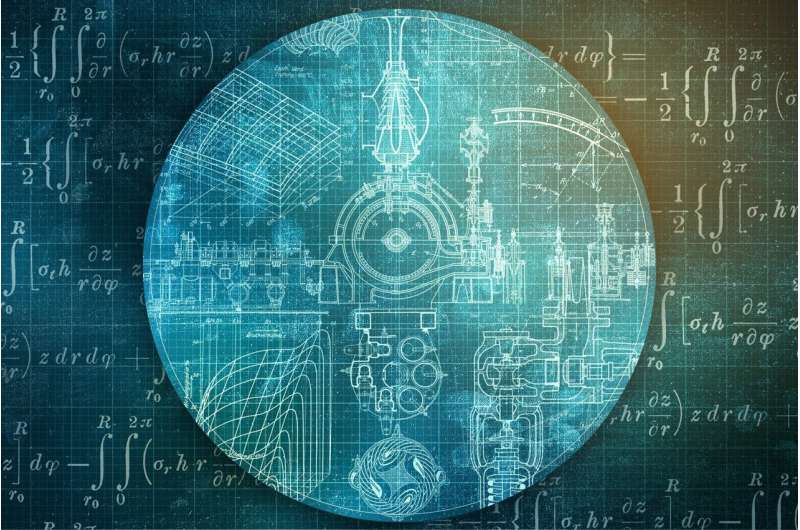
A new method for classifying calligraphy and painting images could be used in the management of cultural heritage, according to research published in the International Journal of Information and Communication Technology.
Nannan Xu of Suzhou University in Suzhou, China, explains how technology is playing an ever-useful role in the preservation and study of artwork and so there is a growing need to find recognition and categorization tools. The research is published in the International Journal of Information and Communication Technology.
The work points out how there is an imbalance in the sample categories that can skew classification models, making it harder to achieve accuracy, and offers a novel solution to this problem. One that could improve accuracy and increase the versatility of image classification for artworks.
Xu introduces a classification method that builds on the AdaBoost algorithm. This machine learning tool works by combining multiple weak classifiers into a strong model and is bolstered by a dynamic training subset construction strategy (DWSCS). According to the research, this approach overcomes the imbalance wherein certain artistic styles are underrepresented. By using sample weights and adjusting how the model is trained on each subset of data, the new method overcomes this bias and so allows a more generalized approach to categorization where rare artistic styles can be considered.
In cultural heritage, the management and preservation of artworks is critical. This new approach could streamline the cataloging process for museums and galleries by automating the classification of diverse images. The potential is there for institutions to be able to handle large volumes of calligraphy and paintings efficiently. The same technology might also be useful not only in conservation but in education, offering art historians and students an easier way to analyze and understand the diverse techniques used across different periods and cultures.
Beyond the galleries, the technology might also be used in provenance and authenticity. The system could offer an objective, technology-driven method for verifying the origins of artworks, supporting trust in transactions and authentication processes for art collectors and investors.
More information:
Nannan Xu, Intelligent judgement of calligraphy and painting image categories based on integrated classifier learning, International Journal of Information and Communication Technology (2024). DOI: 10.1504/IJICT.2024.143414
Citation:
Art of the algorithm: Expert explains how technology can improve the preservation and study of artwork (2025, January 7)
retrieved 7 January 2025
from
This document is subject to copyright. Apart from any fair dealing for the purpose of private study or research, no
part may be reproduced without the written permission. The content is provided for information purposes only.













Leave a comment